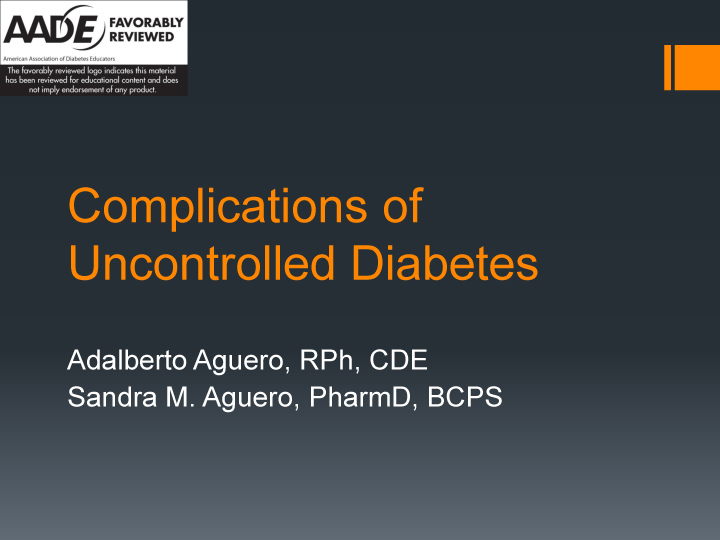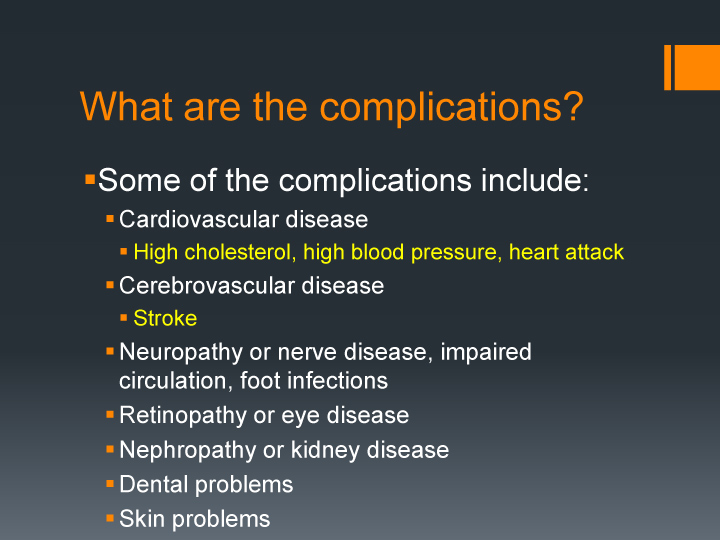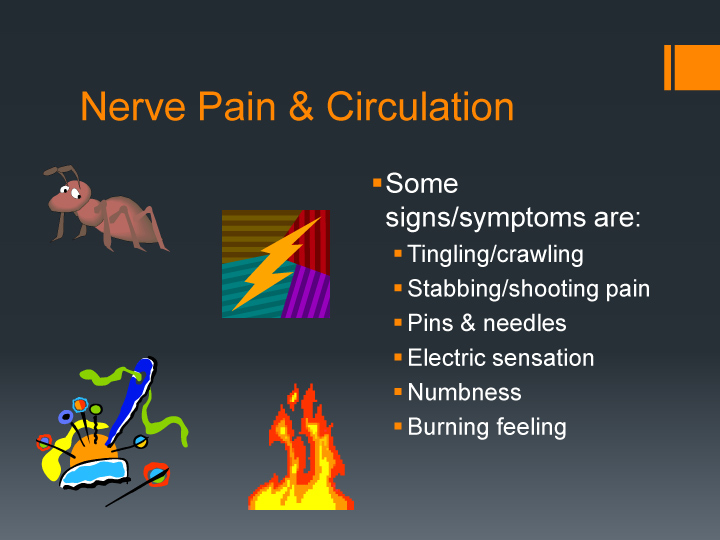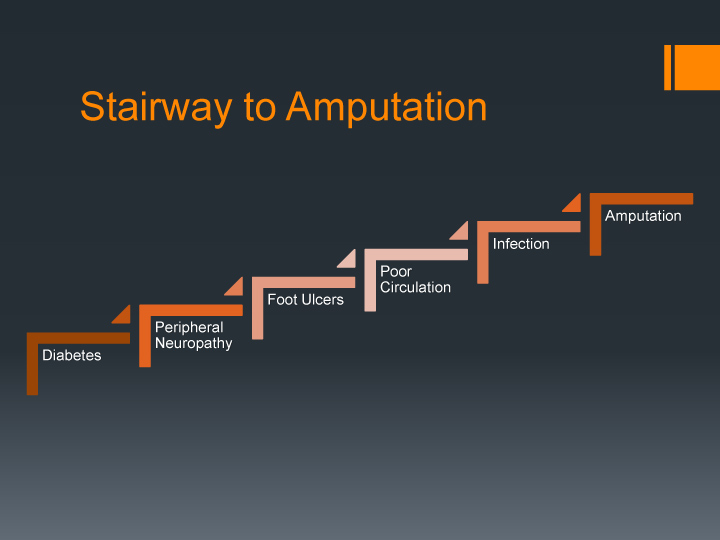Learn about the complications of uncontrolled diabetes
Besides the daily complications, long-term problems associated with diabetes include heart disease, stroke, kidney disease, blindness, and nerve damage so it is important to learn how to manage your sugar levels. This presentation covers the complications of uncontrolled diabetes and teaches you how to reduce the odds of these complications later in life.
Taking care of your glucose levels is essential to feeling healthier and therefore avoiding repeated complications of being diabetic. Many people possibly can handle their blood sugar with exercising and calorie restriction alone. Some people might have to use insulin or even supplementary prescription medications as well as changes in lifestyle. In any case, monitoring your own blood sugar is a central part of your treatment program.
If you’ve just received a medical diagnosis of high blood pressure, supervising your own blood sugar level could seem like a full time challenge, but nonetheless after you start to monitor your own blood sugar and additionally appreciate how helpful it is, you’ll come to feel more at ease with the process and more on top of your own health issues. Testing is critical mainly because it informs you whether or not you’re continuing to keep your own glucose levels in the range you along with your primary care physician have agreed upon.
The best range for you personally is influenced by your get older in addition to the form of diabetes you have. For younger men and women who don’t have complications of diabetes, an average target range might be 80 to 120 mg/dL before meals, and below 180 mg/dL after eating. Older adults who may have additional complications from their disease could possibly have a fasting target goal of 100 to 140 mg/dL and below 200 mg/dL after meals. That’s because of the fact that blood sugar levels that declines too low in elderly adults could very well be much more serious than in younger people.
A home blood glucose test measures the amount of a type of sugar, called glucose, in your blood at the time of testing. The test can be done at home or anywhere, using a small portable machine called a blood glucose meter.
Home blood sugar testing can be used to monitor your blood sugar levels. Talk with your doctor about how often to check your blood sugar. How often you need to check it depends on your diabetes treatment, how well your diabetes is controlled, and your overall health. People who take insulin to control their diabetes may need to check their blood sugar level several times a day. Testing blood sugar at home is often called home blood sugar monitoring or self-testing.
If you are using an insulin pump or if you use insulin more than once a day, the American Diabetes Association ( ADA ) recommends testing your blood sugar 3 or more times every day. If you use insulin rarely or don’t use it at all, blood sugar testing can be very helpful in learning how your body reacts to foods, illness, stress,exercise, medicines, and other activities. Testing before and after eating can help you adjust what you eat.




